How to Sharpen a Knife with a File – Step-by-Step Guide
With prolonged use, your knife will undoubtedly become dull and lose its cutting efficiency. It is easier to maintain a sharp knife blade than to let it dull completely and then attempt to sharpen it. As such, it is best to sharpen knives regularly, either as soon as you notice them beginning to dull or after every other use.
A file or sharpening stone is one of the best tools for knife sharpening. A flat file is used to sharpen a straight knife, while a triangular, round, or half-round file is suitable for sharpening steel serrated knives, depending on the serration pattern.
This article will discuss the step-by-step process for:
- Sharpening a flat knife with a file (without a clamp)
- Sharpening a flat knife with a file (with a clamp)
- Sharpening a serrated knife (with the proper blade sharpener)
Step-by-Step Guide for Sharpening Your Knife with a File
There are two methods of sharpening a flat knife with a file or sharpening stone. Either by holding the knife and knife sharpener or with the knife clamped in place. Below is a step-by-step process of each method:
Sharpening a Flat Knife with a File (Not Using a Clamp)
What You Need
- A file (your sharpening tool)
- Kitchen knife
Instructions
- With your non-dominant hand, hold the file firmly at a level slightly below eye level.
- Hold the handle of your knife firmly with your dominant hand. Sharpening a knife can be a risky procedure. Holding the knife with your dominant hand gives you good control of the sharp edge to prevent injuries when sharpening.
- Place the blade’s heel at a 15 to 20-degree angle against the side of the file facing away from you. Getting the correct angle is vital as it will affect the sharpening efficiency. The angle determines how much material is removed from the blade. Placing the knife at a higher angle only gets the tip of the blade sharpened, while a lower angle sharpens a wide portion of the blade edge.
- Begin to sharpen. Keep your non-dominant sturdy, and begin to make smooth, gentle downward strokes with the knife. With every stroke, ensure to pull the blade downwards from the heel up to the tip. Repeat for at least 10 strokes. Do not be too aggressive with the sharpening process. Applying too much force will damage the edge of the blade. Aim to maintain the 15 to 20-degree angle with each stroke. Keep count of the number of strokes you make on this side of the blade.
- Flip to the knife to sharpen the other side of the blade. Follow the technique described above for an equal number of strokes.
- Test the blade’s sharpness. Hold a piece of paper up vertically with your non-dominant hand. Make a downward, diagonal, or vertical cut into the paper. If the blade cuts smoothly without getting caught up, then it is well sharpened. Otherwise, you might need to repeat steps 4 and 5 to reach your desired sharpness.
- Clean the knife. Once the knife is adequately sharpened, hand-wash it with warm water and soap, then wipe it dry before storing appropriately.
Sharpening a Flat Knife with a File (Using a Clamp)
What you Need
- A file
- Kitchen knife
- Clamp
Instructions
- Set up the clamp on a stable surface, such as the edge of a table.
- Clamp the knife on the handle with the blade parallel to the ground and the sharp edge away from you. You might need to wrap the handle with a piece of cloth to protect it before clamping.
- Hold the flat file with your dominant hand. Position it at a 15 to 20-degree angle against the heel of the blade.
- Make gentle strokes from the heel of the blade throughout the cutting edge to the tip. Repeat for up to 10 strokes and keep count of the strokes.
- Flip the knife, ensuring that the sharp edge is facing away from you. Once again, hold the file at a 15 to 20-degree angle against the heel of the blade. Make an equal number of sharpening strokes on this side as you did on the other.
- Remove the knife from the clamp.
- Test the blade sharpness using paper and repeat the sharpening process if need be.
- Hand-wash the knife with warm water and soap, dry it and store it appropriately.
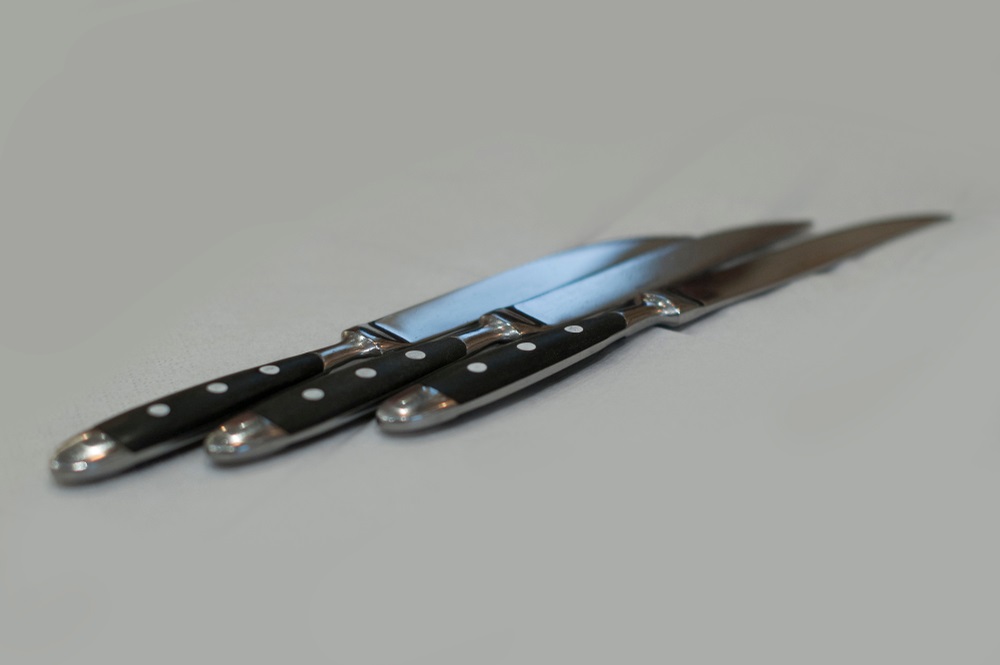
Sharpening a Serrated Knife with a File
What you Need
- Round, triangular, or half-round file
- Serrated knife
Instructions
- Examine the serrated knife’s pattern to determine the right type of file to use.
- Identify the beveled edge. Usually, it is the side where the blade angles down slightly just before the serration pattern.
- Hold the handle of your serrated knife with your non-dominant hand against a sturdy surface such as a table.
- Hold the file with your dominant hand. Place it on the first gallop near the heel of the blade at a 15 to 20-degree angle.
- Make several short strokes along the groove in the downward direction. To check if the groove is sharpened adequately, run your fingers gently on the backside. If there is a burr, then the groove is adequately sharpened.
- Repeat step 5 for each groove.
- Gently run the file against the backside of the groove to remove any metal shavings.
- Test the blade’s sharpness using paper and repeat the sharpening process if need be.
- Hand-wash the knife with warm water and soap, dry it and store it appropriately.
Conclusion
Whether you are a professional or a home cook, it is important to ensure that your knife is well sharpened before using it. It not only makes it easy for you to cut, chop, and slice, but a dull knife also causes hand fatigue as you have to more effort when using a dull blade.
The shallower the sharpening angle, the more durable your knife will be as you only file off a small portion of the cutting edge when sharpening. A quality sharpening stone, file, or even an electric knife sharpener is a sound investment to increase your knives’ lifespan. Always remember to hand wash and dry your knife after sharpening it.


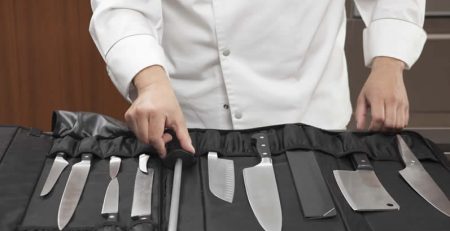
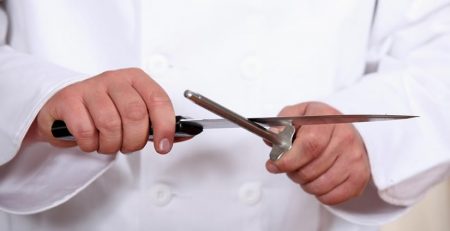
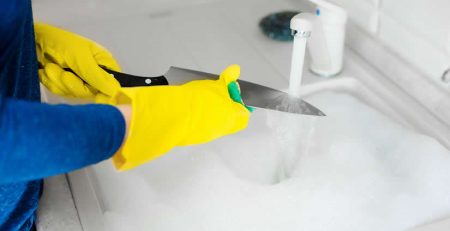

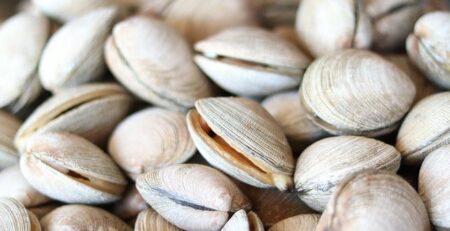
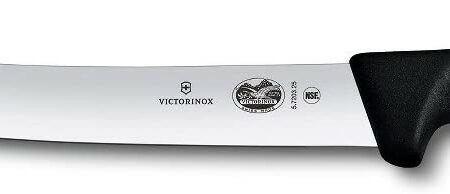
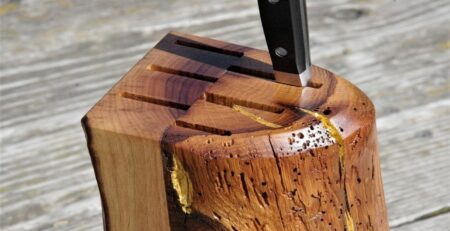

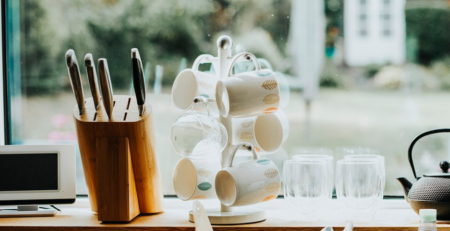

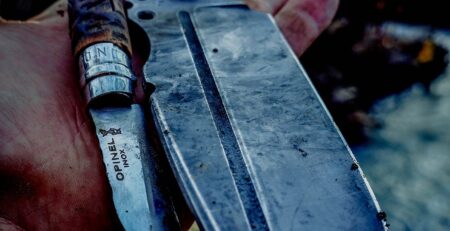

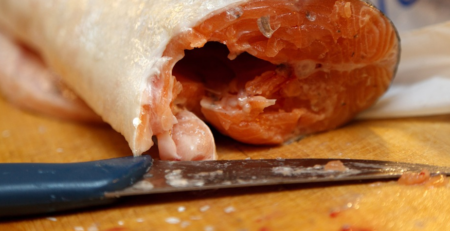


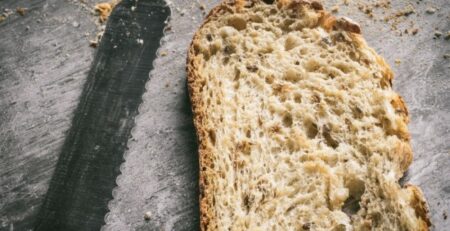
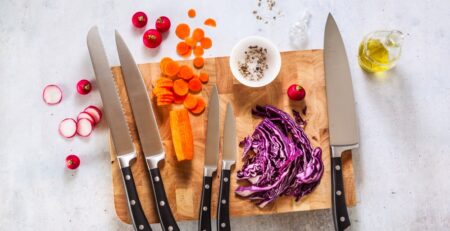
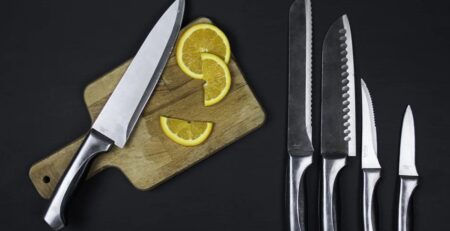
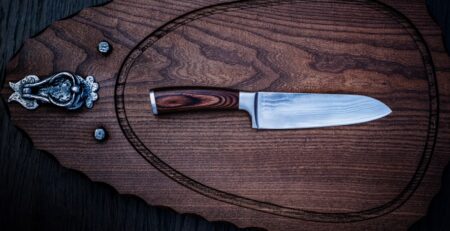
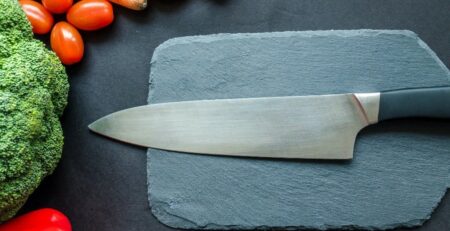




Leave a Reply